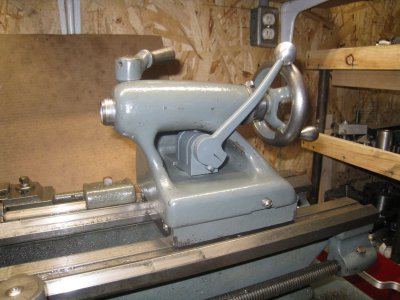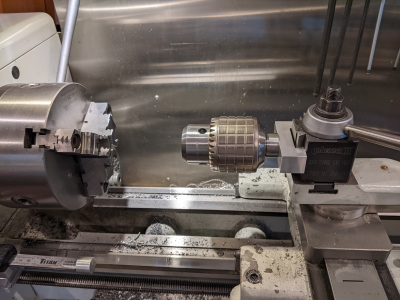- Joined
- Jun 7, 2013
- Messages
- 10,089
I have been drilling with the QC tool post by power feed of the carriage for a good 50 years now, the holders are Aloris, both in Morse taper and a mounted drill chuck. My method of starting the drill and aligning the tooling is to use a center or spotting drill and approach the center of the part and set the vertical and horizontal by running the center drill up to the part while it is turning until the trace of the drill is in the center of the part, then drill into the part; it is easy to eyeball the correct alignment.



